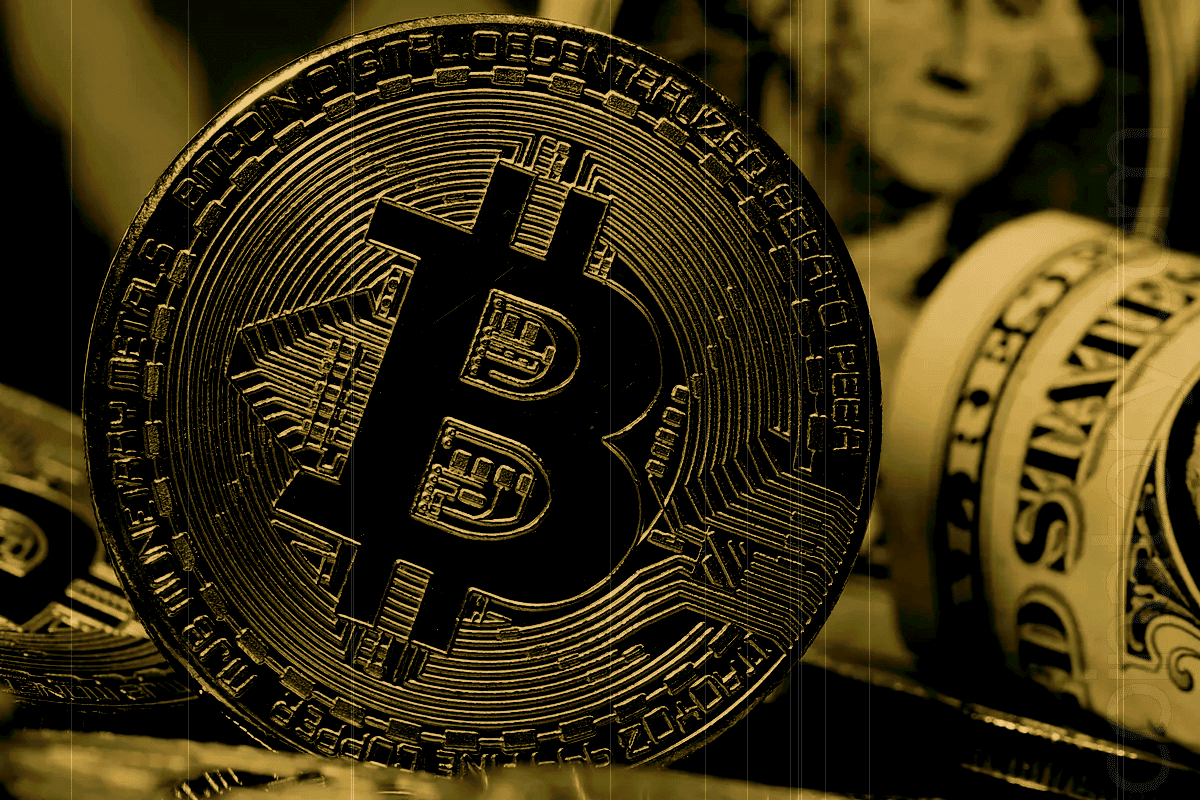
Tokenization has the potential to democratize investing by opening access to traditionally exclusive asset classes, according to Johann Kerbrat, Senior Vice President and General Manager of Robinhood Crypto. Speaking at Consensus 2025 in Toronto, Kerbrat called tokenization “very important for financial inclusion,” especially in enabling broader participation in high-barrier sectors such as real estate and private equity.
Tokenization Enhances Market Accessibility
Currently, assets like private equity are limited to accredited investors, who make up less than 10% of the U.S. population. Kerbrat illustrated the disparity by asking, “How many people can afford a house or an apartment in New York?” He argued that through tokenization and fractional ownership, individuals could invest in a portion of these assets, making them “a lot more accessible for everybody.”
Robinhood joins other major financial players—BlackRock, Franklin Templeton, Apollo, and VanEck—in exploring real-world asset (RWA) tokenization. This movement aims to lower investment thresholds and facilitate more liquid trading environments.
RWA Tokenization Gains Traction
Tokenization of real-world assets is gaining momentum, particularly in the private credit and U.S. Treasury markets. As of May 16, RWA.xyz reported that the total onchain RWA market capitalization stood at $22.5 billion, distributed among 101,457 holders. On average, each holder possesses $221,867 in tokenized assets.
The adoption of tokenized investment vehicles is expected to increase as investors seek exposure to new markets without the high capital requirements traditionally associated with them.
Specialized Stablecoins on the Horizon
Kerbrat also addressed the evolution of stablecoins, predicting the emergence of more market-specific tokens. “You will see 100 stablecoins,” he said, adding that future development will focus on stablecoins tailored for specific use cases, such as cross-border remittances.
As of now, Tether’s USDT and Circle’s USDC dominate the stablecoin sector, collectively accounting for 87.1% of the $243.3 billion market cap. However, the sector is expanding beyond dollar-pegged tokens. Demand for non-USD stablecoins is growing, with policy discussions now highlighting their potential impact on global financial stability.







